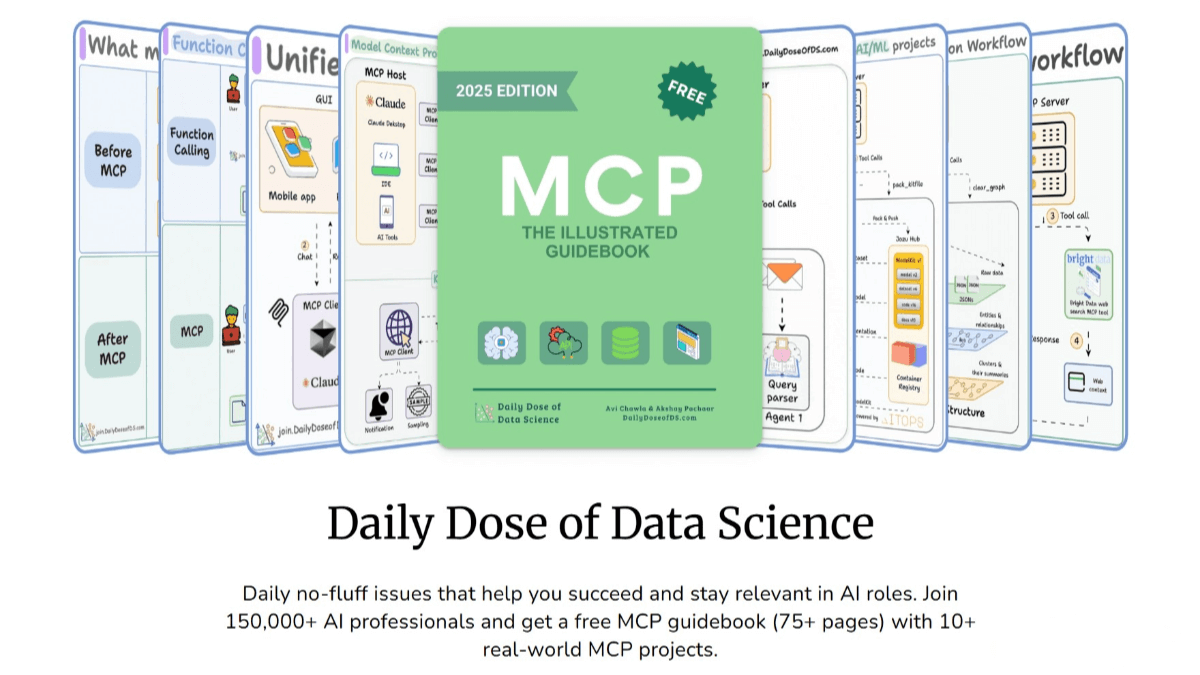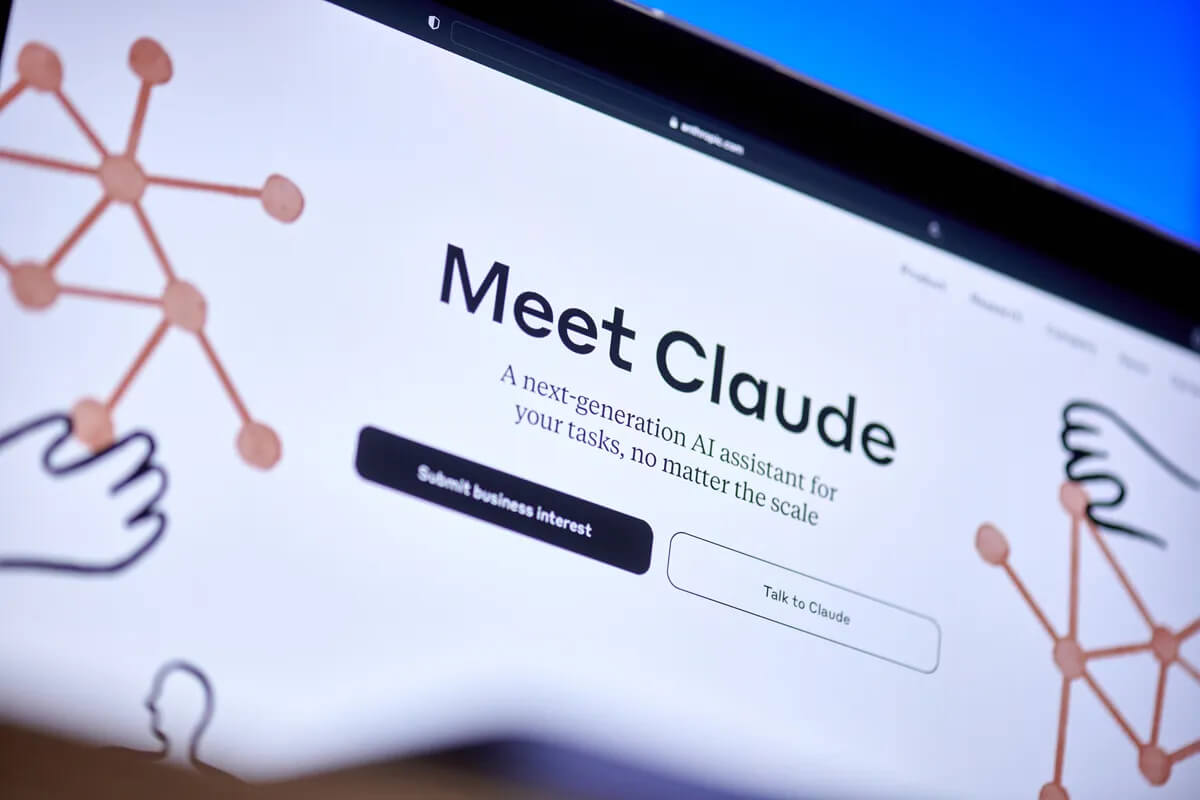Overview
AI Engineering Hub is an open-source project that offers in-depth tutorials and practical case studies focused on large language models (LLMs), retrieval-augmented generation (RAG), and AI agent development. The project combines theoretical explanations with a rich set of hands-on code examples to help users quickly get started. It has gained significant attention on GitHub with over 12.6K stars. The core tutorials have been compiled into a 500+ page PDF for easier learning. Designed for beginners, practitioners, and researchers alike, AI Engineering Hub encourages community contributions to advance AI development collaboratively.

AI Engineering Hub Course Overview
The AI Engineering Hub curriculum is a comprehensive and practical guide to data science and machine learning, covering topics from beginner to advanced levels. The content is structured into two major parts:
1. Deep Learning
Learning Paradigms
-
Transfer Learning, Fine-tuning, Multi-task Learning (MTL), and Federated Learning
-
Transfer Learning: Leverages a pretrained model (foundation model), replaces top layers, freezes the rest, and adapts to new small-scale tasks.
-
Fine-tuning: Adjusts part or all of the model weights for new data directly.
-
MTL: Shared layers handle multiple tasks, with separate task-specific branches to improve generalization and save compute.
-
Federated Learning: Trains models across decentralized devices, aggregating parameters (not data) to preserve user privacy.
-
Implementing MTL in PyTorch
-
Combines shared layers with task-specific branches.
-
Uses gradient accumulation and dynamic task weighting (e.g., based on validation accuracy).
Active Learning
-
Starts with a small labeled dataset.
-
The model selects low-confidence samples for manual labeling, iteratively improving performance—ideal when labeling is expensive.
Runtime and Memory Optimization
-
Momentum: Accelerates convergence using a moving average of gradients.
-
Mixed Precision Training: Combines float16 and float32 to speed up forward/backward passes while maintaining precision.
-
Gradient Checkpointing: Saves memory (~50–60%) by recomputing activations during backpropagation (at ~15–25% extra time cost).
-
Gradient Accumulation: Simulates large batch sizes by accumulating gradients over small batches before updating.
4 Multi-GPU Training Strategies
-
Model Parallelism: Splits model layers across GPUs, requires communication.
-
Tensor Parallelism: Splits single-tensor operations like matrix multiplication.
-
Data Parallelism: Replicates models across GPUs and aggregates gradients.
-
Pipeline Parallelism: Uses micro-batches and pipelined stages to improve GPU utilization.

Additional Concepts
-
Label Smoothing: Prevents overconfidence by distributing some probability mass to other classes.
-
Focal Loss: Addresses class imbalance by reducing the loss for well-classified samples.
-
Dropout: Randomly drops neurons during training and rescales activations to maintain consistency.
-
Caution in CNNs: Breaks spatial structure—better used in fully connected layers.
-
-
Hidden Layers & Activation Functions: Explain how features are hierarchically extracted and non-linearity introduced.
-
Shuffling Before Training: Ensures batch randomness to improve generalization.
Model Compression
-
Knowledge Distillation: A smaller student model learns from a larger teacher model.
-
Activation Pruning: Dynamically removes less significant neurons.
Deployment
-
Deploy from Jupyter to production seamlessly.
-
Use A/B testing, shadow deployment, version control, and model registry for production readiness.

LLM-Specific Topics
-
GPU Memory Management: Identifies bottlenecks during training.
-
Fine-Tuning Techniques: Comparison of full fine-tuning, LoRA (low-rank adaptation), and RAG.
-
5 Lightweight LLM Fine-Tuning Methods: Including adapters, prefix tuning, etc.
2. Classical Machine Learning
ML Fundamentals
-
Time Complexity of 10 Algorithms: Compares training and inference costs (e.g., SVM, Random Forest).
-
25 Key Math Definitions: Covers probability, linear algebra, etc.
-
Multiclass Probability Calibration: Techniques like Platt Scaling.
-
Model Failures: Common pitfalls—data quality, bad metrics, etc.
-
16 Algorithm Loss Functions: With derivations and use cases.
-
10 Popular Loss Functions: Including cross-entropy, Huber loss.
-
Data Splitting Best Practices: Preventing data leakage.
-
5 Cross-Validation Methods: Includes k-fold, LOOCV, etc.
-
Post-CV Steps: Model selection and final evaluation.
-
Double Descent & Bias-Variance Trade-off: Non-linear model complexity impact.
Statistical Foundations
-
MLE vs. EM: MLE for complete data; EM for hidden variables (e.g., clustering).
-
Confidence vs. Prediction Intervals: Differences and how to calculate.
-
Why OLS is Unbiased: Gauss-Markov theorem explained.
-
Bhattacharyya Distance & Mahalanobis Distance: Measures for distribution similarity.
-
11 Normality Tests: Shapiro-Wilk, QQ plots, etc.
-
Probability vs. Likelihood: Key differences and MLE connection.
-
11 Distributions: Use cases for Poisson, Exponential, etc.
-
Misconceptions on PDFs: Density ≠ probability.

Feature Engineering and Selection
-
11 Variable Types: Nominal, ordinal, continuous—impacts encoding.
-
Encoding Cyclical Features: sin/cos encoding for hours, months, etc.
-
Discretization: Binning continuous variables for robustness.
-
7 Categorical Encoding Techniques: One-hot, target, hash encoding, etc.
-
Feature Importance via Shuffling: Measures impact on performance.
-
Probe Feature Method: Adds noise features to identify weak predictors.

Regression Analysis
-
MSE Mathematics: Convexity ensures convergence; sensitive to outliers.
-
Sklearn Linear Regression: Closed-form solution, no tuning needed.
-
Poisson vs. Linear Regression: Poisson for count data.
-
Dummy Variable Trap: Omit one category to avoid multicollinearity.
-
GLMs: Generalizes linear regression using link functions.
-
Zero-Inflated Models: Combines logistic and Poisson for excessive zeros.
Tree-Based Methods
-
Compressing Random Forests: Extract key paths to build a single interpretable tree.
-
Why Trees Overfit: Naturally low-bias; control variance via pruning.
-
AdaBoost: Trains weak learners iteratively to focus on hard samples.
-
OOB Validation: Uses unsampled data (~37%) for validation.

Dimensionality Reduction
-
PCA Variance Explained: Retain 95% variance for optimal compression.
-
t-SNE vs. PCA: t-SNE preserves local structure, PCA preserves global variance.
-
Kernel PCA: Maps data to higher-dimensional space for non-linear structures.
Clustering
-
KMeans vs. GMM: GMM allows soft assignments and is more flexible.
-
DBSCAN++: Accelerated density-based clustering using core point sampling.
-
HDBSCAN: Identifies clusters with varying density.
Correlation Analysis
-
Pearson Limitations: Detects only linear correlations.
-
Anscombe’s Quartet: Same stats, different distributions—always visualize.
Missing Data Handling
-
MCAR/MAR/MNAR: Different types of missingness and proper handling.
-
MissForest Imputation: Uses random forests to predict missing values in mixed data.

Data Tools & Programming Techniques
-
Pandas/Polars/SQL/PySpark Syntax Comparison: Handy for migrating between tools.
-
GPU-Accelerated Pandas (cuDF): Boosts performance on large datasets with GPU support.
-
Advanced SQL
-
Semi Join: Efficient filtering when right-side fields aren’t needed.
-
NOT IN Pitfall: NULLs can lead to empty results—prefer NOT EXISTS.
-
-
Python OOP Techniques
-
Descriptors: Control attribute access (e.g., with
@property). -
Why
model()instead offorward()in PyTorch: Preserves hooks and autograd.
-
GitHub Repository
📂 https://github.com/patchy631/ai-engineering-hub
Who Is AI Engineering Hub For?
-
Beginners: Understand core AI concepts with accessible, hands-on guidance.
-
Developers & Practitioners: Apply AI techniques directly to real-world projects with ready-made code.
-
Researchers: Stay updated with cutting-edge methods and share your findings.
-
Data Scientists: Combine traditional data techniques with modern AI workflows.
-
Tech Enthusiasts: Explore new frameworks, tools, and experimental approaches in AI.
Related Posts




